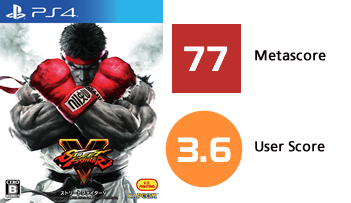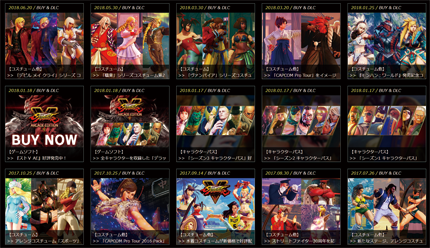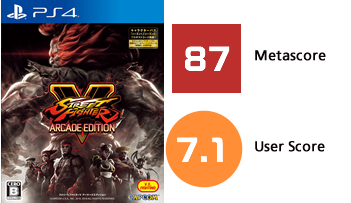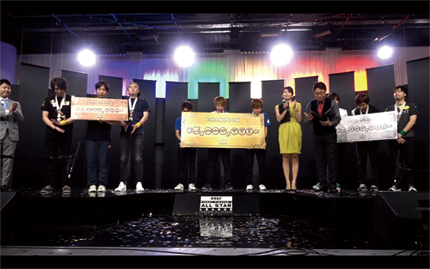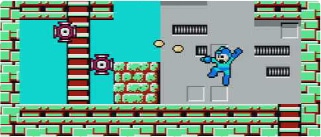Street Fighter V

Creating Gameplay that Enables Everyone from
Core Players to New Comers Alike to Play Together
Title Introduction
Street Fighter Series
The Gold Standard of Fighting Games that Continues to Be Loved Throughout the World
The Street Fighter series was launched in 1987 as an arcade game title, after which Street Fighter II, released in 1991, became a massive hit. The game’s innovative fighting system became all the rage, establishing the fighting game genre, with the series going on to a cumulative 40 million units of software shipped worldwide (as of March 31, 2018). Street Fighter has gained popularity over the 30 years since its launch and continues to grow as a driving force in the esports fighting game segment.


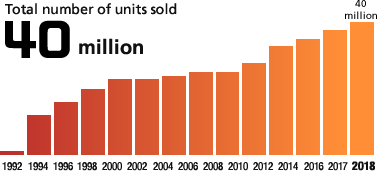
Released in 1991, Street Fighter II‘s innovative battle system made a splash, driving it to become a record hit title that established the fighting game genre. With the support of fans throughout the world, cumulative shipments in this series have surpassed 40 million units, cementing the brand’s popularity.
However, despite Street Fighter V (released in February 2016) aggressively taking on several challenging initiatives to pursue new advances in the series, the game suffered server issues beginning on the launch date, preventing us from providing a smooth play environment.
Naturally, Capcom is prepared to address such problems, and in order to resolve these, as well as other aspects that users were dissatisfied with, we implemented various measures using the PDCA cycle. For example, we rebuilt the server environment from the ground up, and carried out continuous updates to augment the game’s content. Further, while building on this concept, we released a number of highly demanded new characters and costumes.
Additionally, Street Fighter commands a presence among fighting games in the esports arena, and is utilized in the Capcom Cup, the official global tournament held since 2013, as well as at EVO, the world’s largest fighting game competition—events that work to draw in audiences who enjoy watching fighting games and convert them into new players. These multifaceted efforts led to restoring fan trust and recovery of the brand.
Going forward, we will continue to provide updates and implement flexible pricing to further expand the Street Fighter user base.
Also, while maintaining an eye toward the adoption of league competitions within esports, we will conduct initiatives unique to Street Fighter that entertain fans throughout the world.






